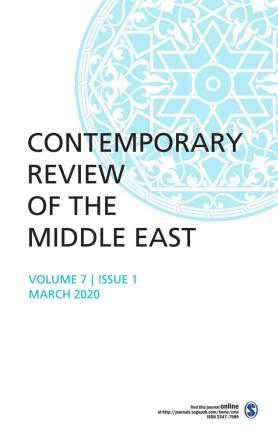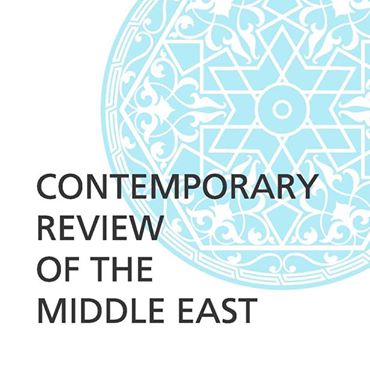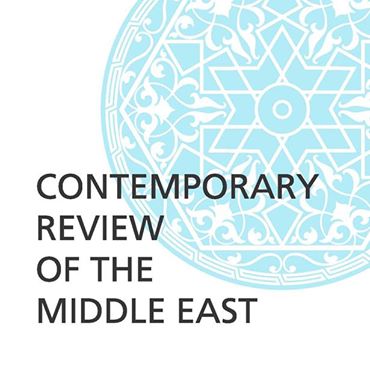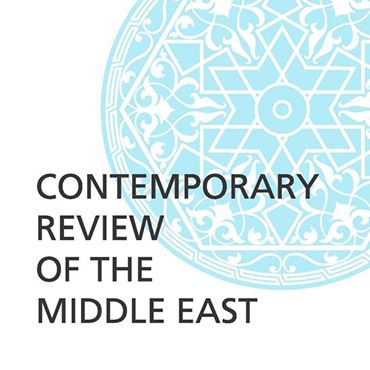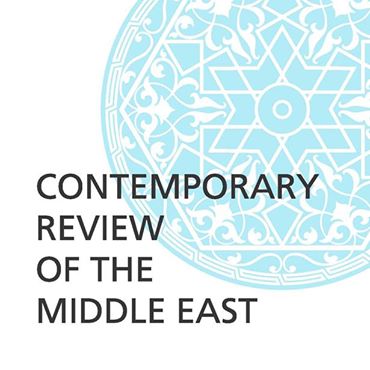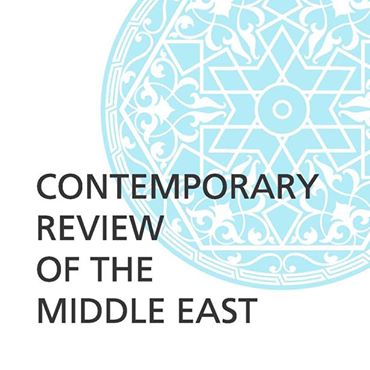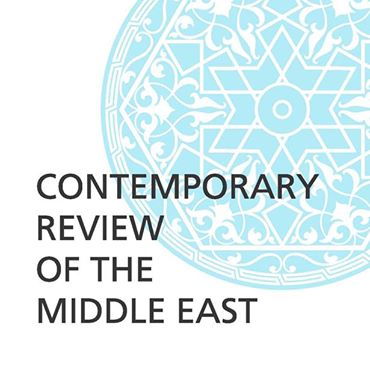Breaking
- MENU
Lorem Ipsum is simply dummy text of the printing and typesetting industry.
https://journals.sagepub.com/toc/cmea/current
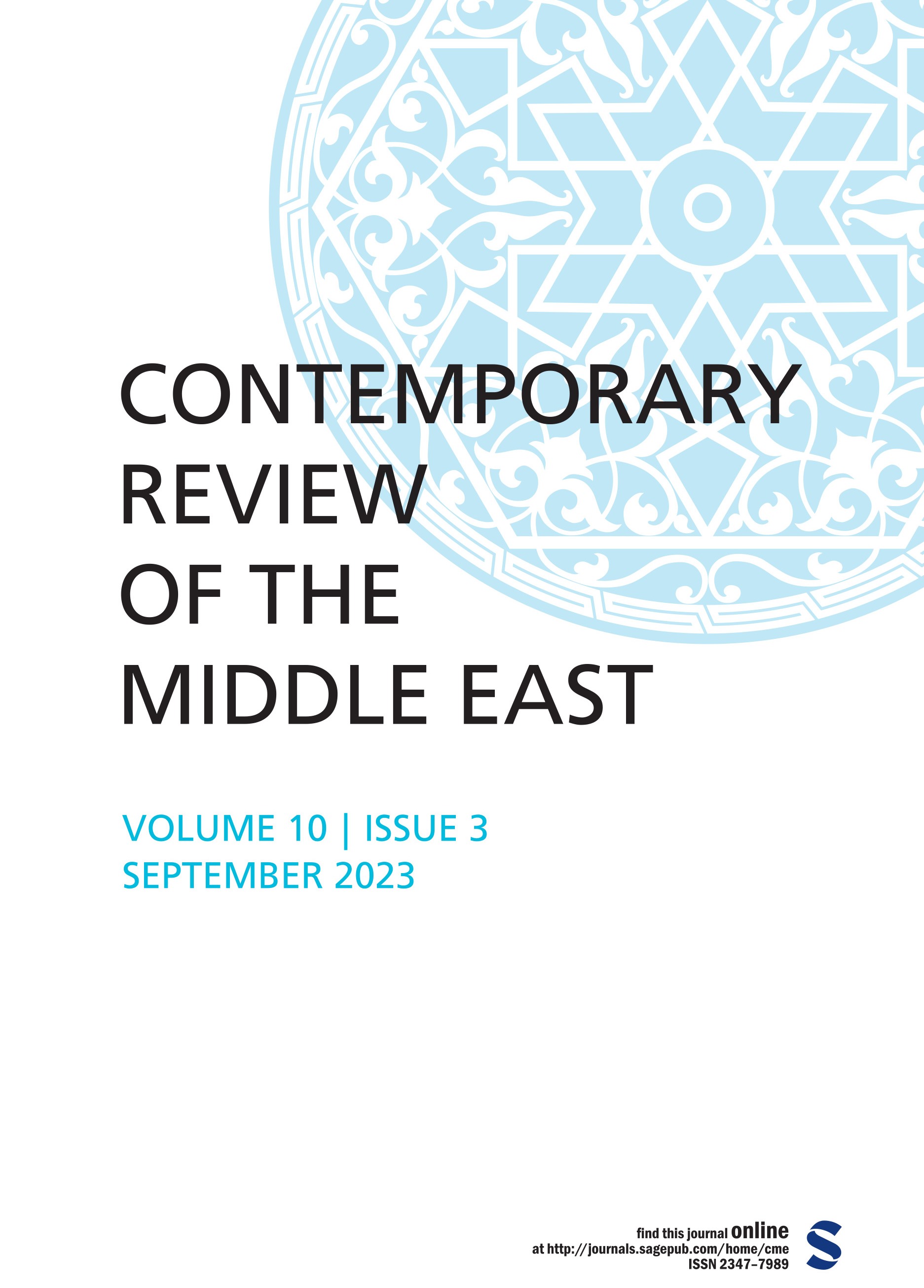
The Relations of Vietnam with the Middle East-North Africa Region: From a Divided State to an Important Member of the Association of Southeast Asian Nations
Michael B. Bishku
Abstract
During the Cold War, three countries were partitioned into two states: Germany, Korea, and Vietnam. The last was a result of its war of independence against the French following World War II and continued until 1954. Following a victorious war against the United States-backed government in the south, the communist government in the north reunited the country between 1975 and 1976. In 1988, facing economic troubles, Vietnam instituted Doi Moi market reforms while relaxing its ideological worldview and expanded its diplomatic and economic relations. In 1995, Vietnam joined the Association of Southeast Asian Nations (ASEAN), which it had regarded as a pro-Western organization during the Cold War. Meanwhile, first North Vietnam and later a reunified Vietnam went from a country whose relations were exclusive with states in the communist bloc and a few other non-aligned countries to one that today has ties with almost every country in the world. Academic studies on Vietnam’s foreign relations largely focus on those with Russia, China, the US, its ASEAN partners, and other countries in Asia. However, since the end of the Cold War, countries of the Middle East and North Africa (MENA) region are an import source of Vietnam’s crude oil and natural gas and an expanding market for its exports, while MENA states, in this era of globalization, have sought to increase diplomatic and economic ties throughout Asia.
For the text see: Web Link
pp. 270–286
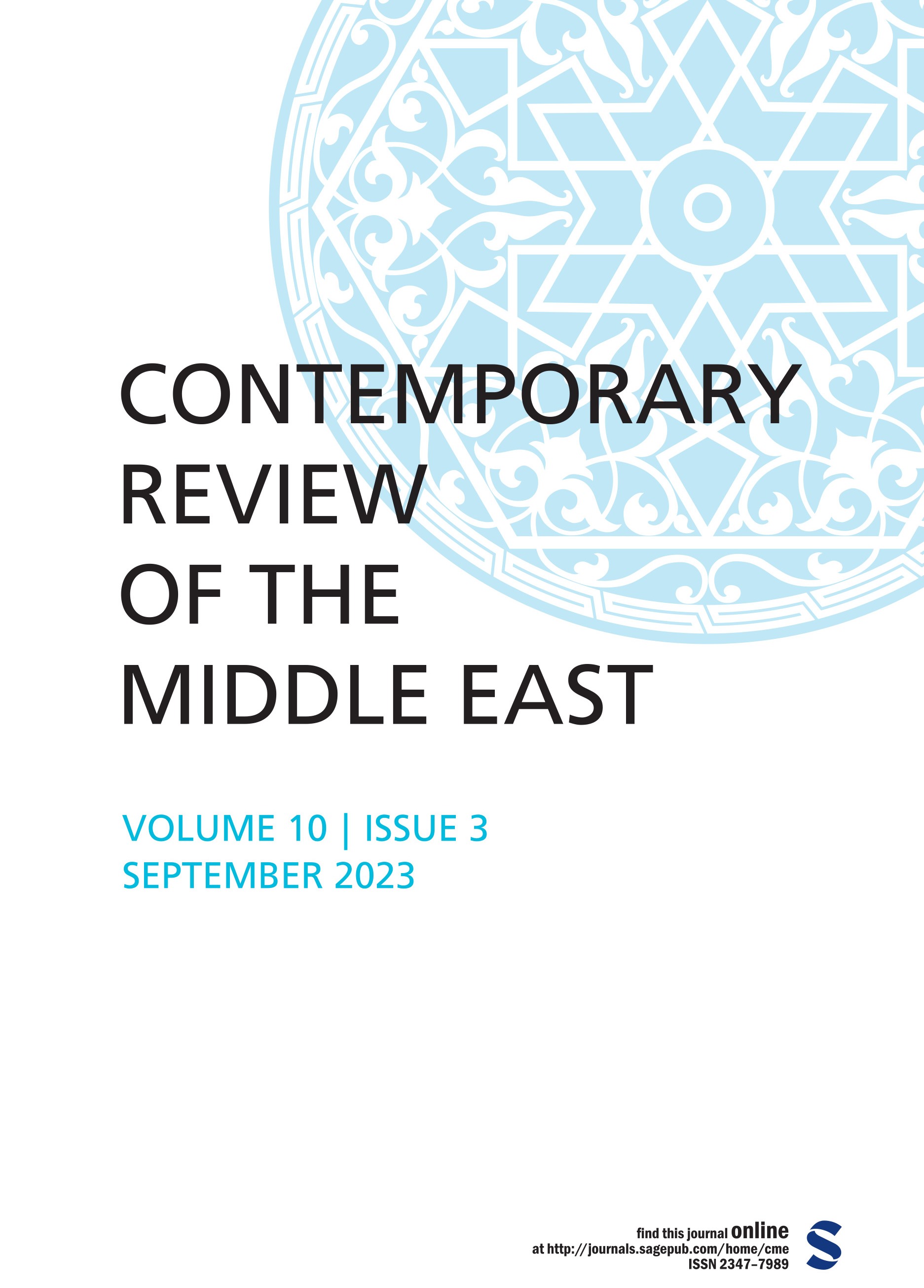
Invented Tradition as a Theoretical Approach Within Iranian Memory Studies: A Review Mohammad
Read More »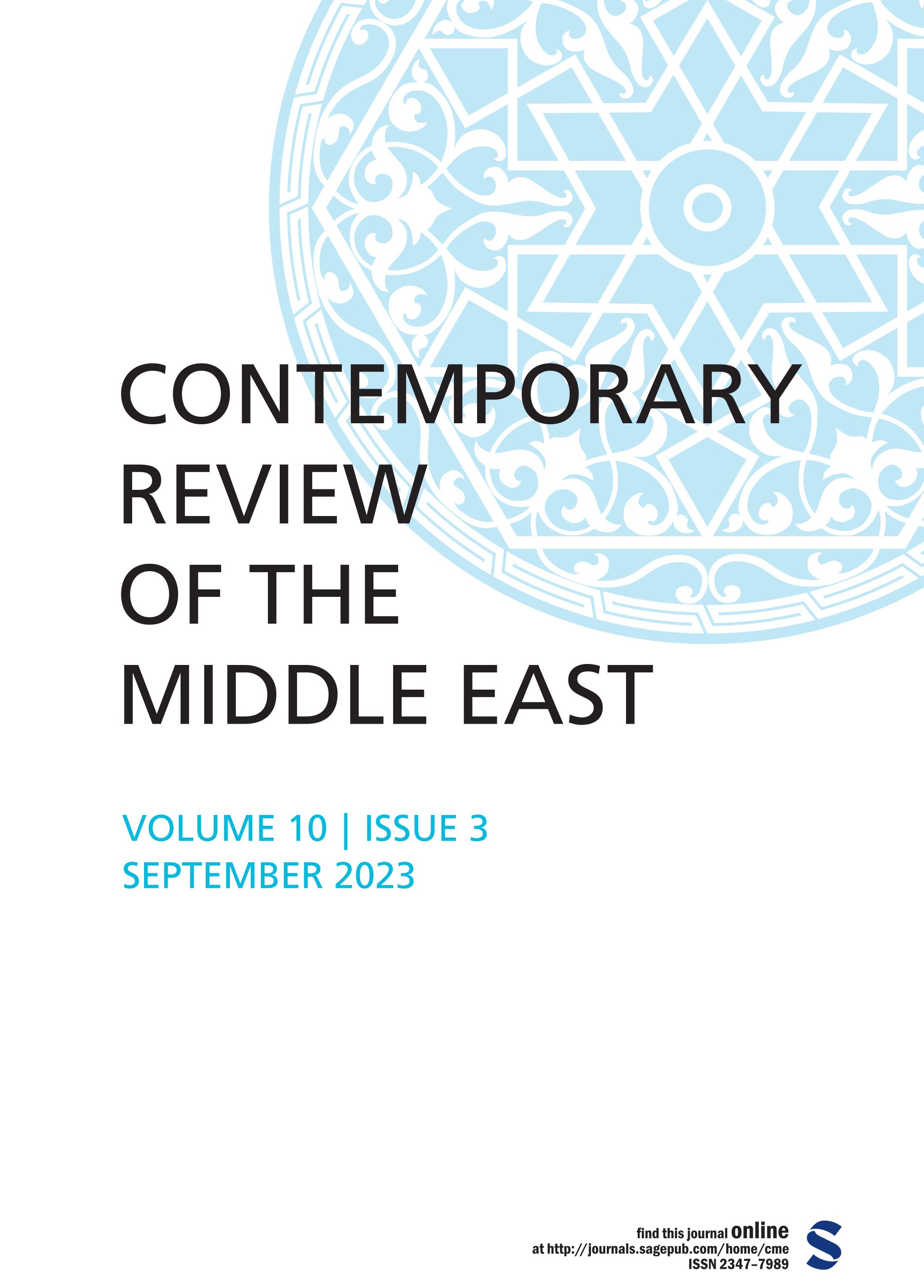
Neo-Ottoman Turk-Scape: Analyzing the Role of Dizis as Türkiye’s Soft Power Mohammad Reyaz and
Read More »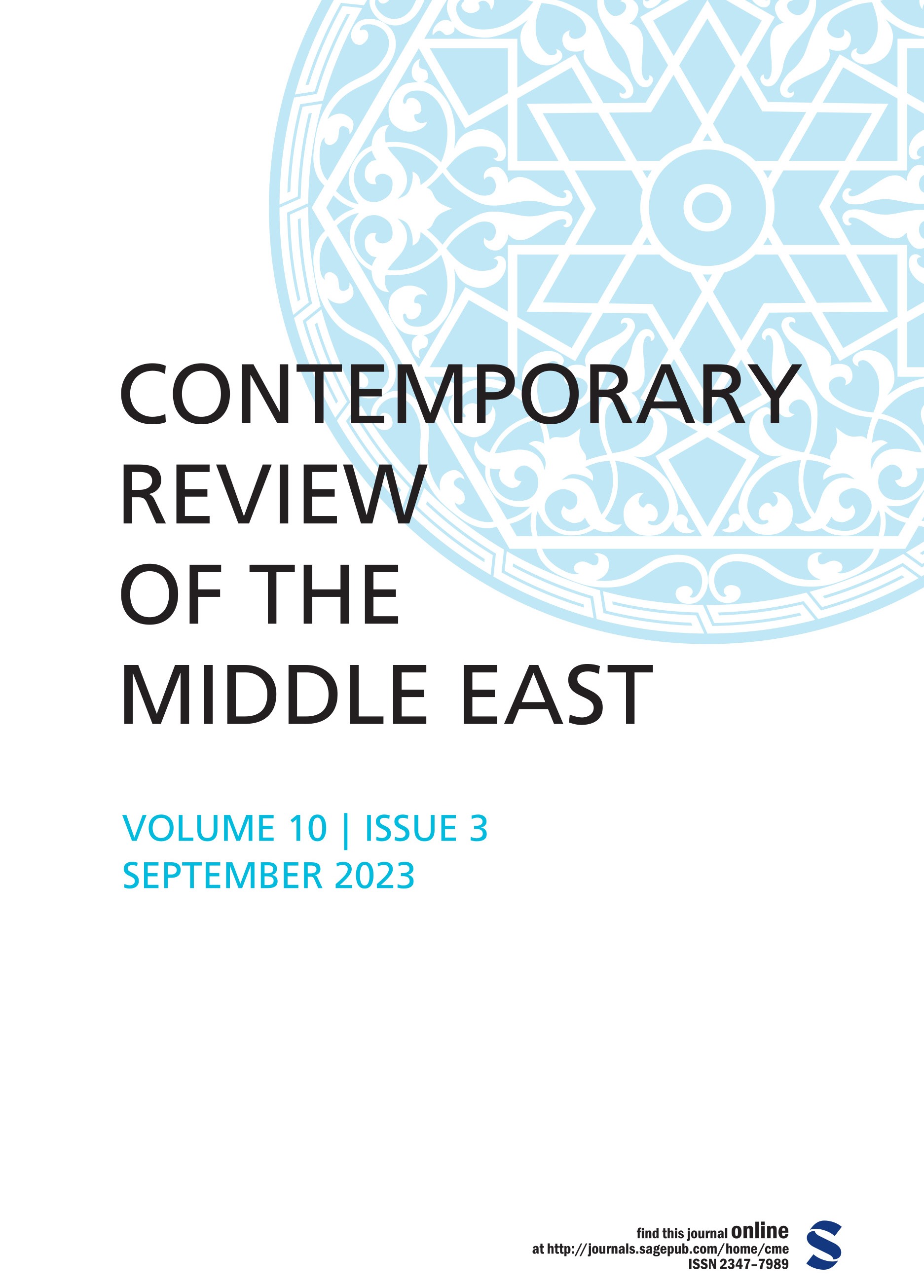
An Analysis of Yemen’s Geostrategic Significance and Saudi-Iranian Competition for Regional Hegemo
Read More »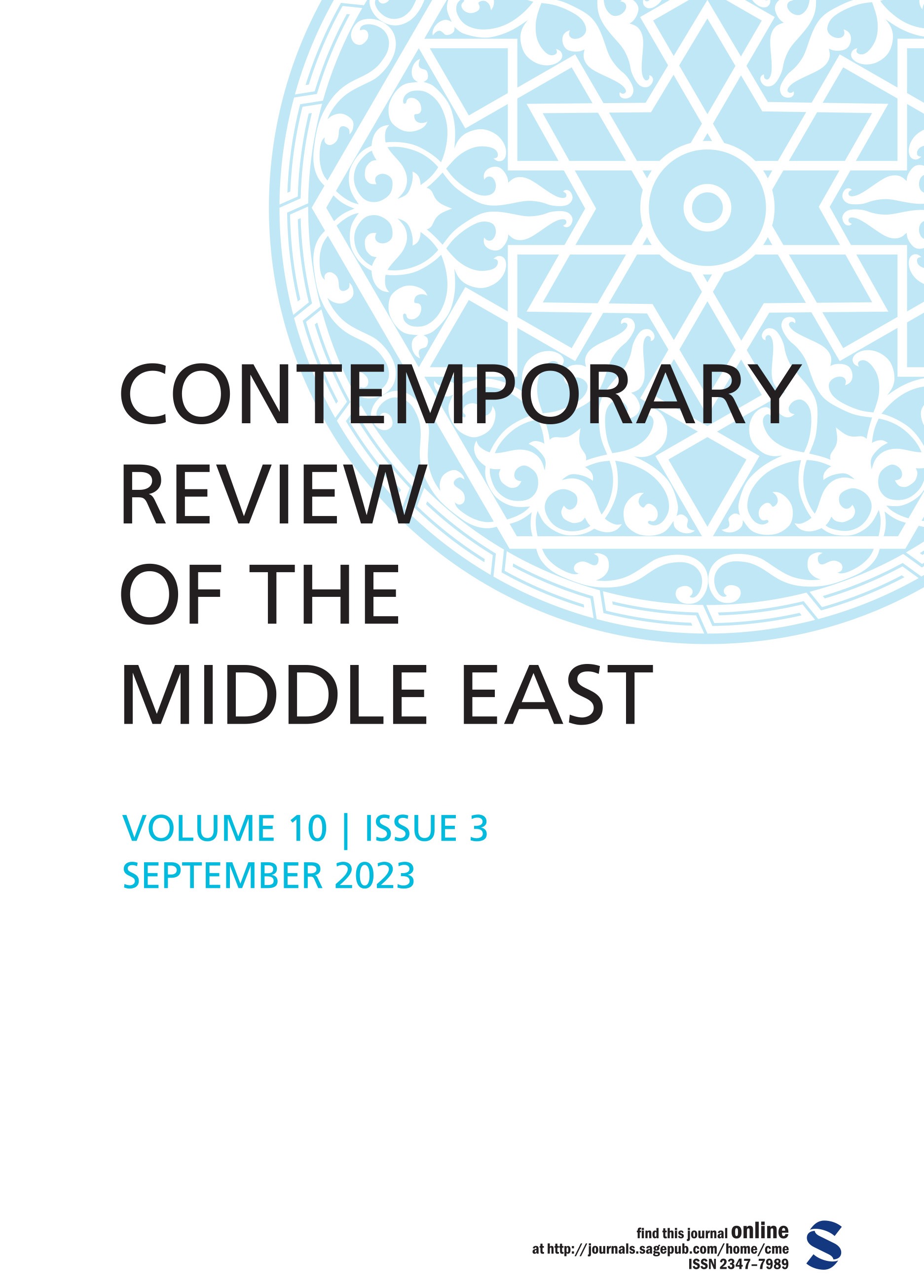
The National Reconciliation Process in Algeria During the Bouteflika’s Era: The Official Narrative Fa
Read More »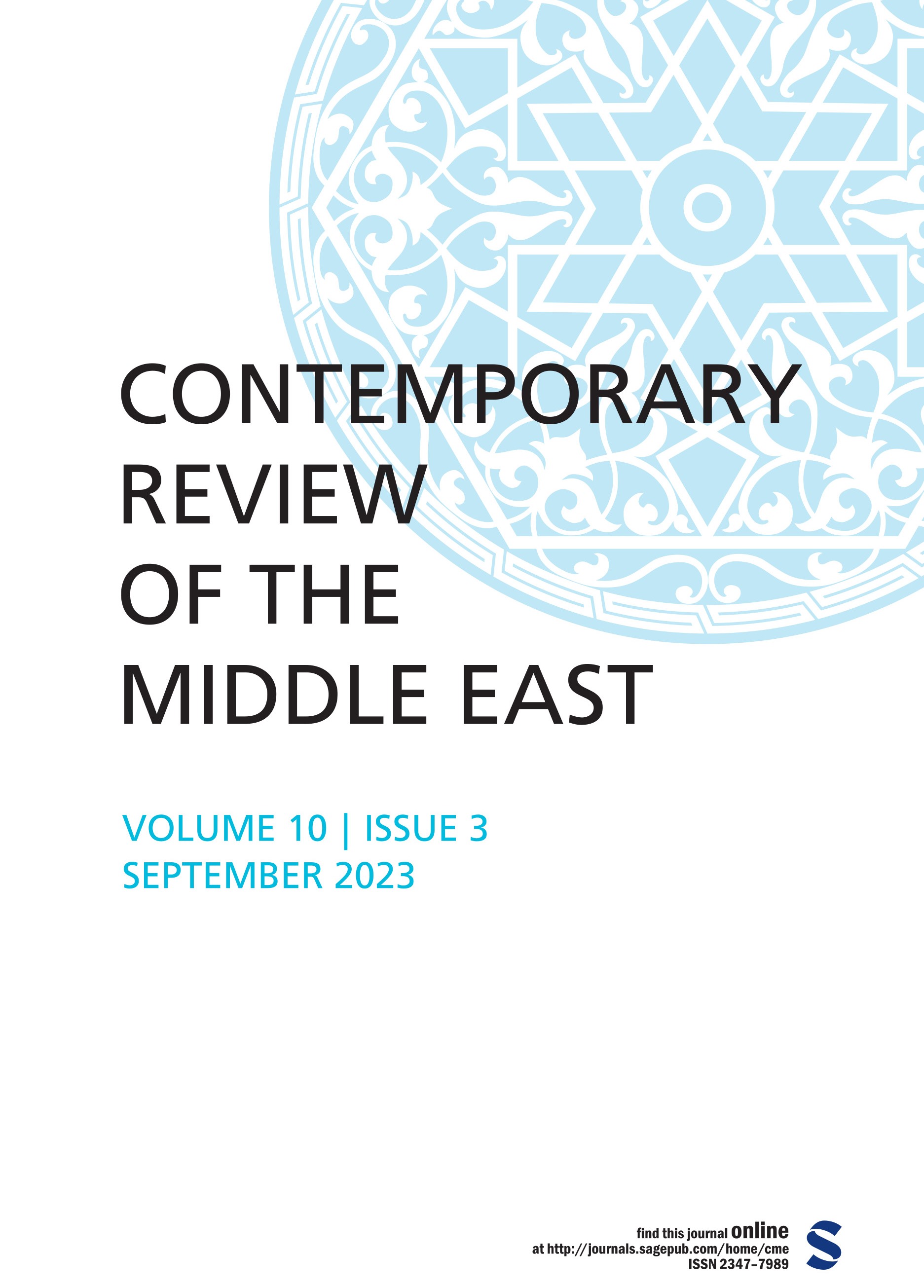
Dateline MEI When Netanyahu Rocks the Israel Boat, Nero Style P. R. Kumaraswamy For the text see: We
Read More »
Contents Dateline MEI When Netanyahu Rocks the Israel Boat, Nero Style P. R. Kumaraswamy Articles
Read More ».jpg)
.jpg)
